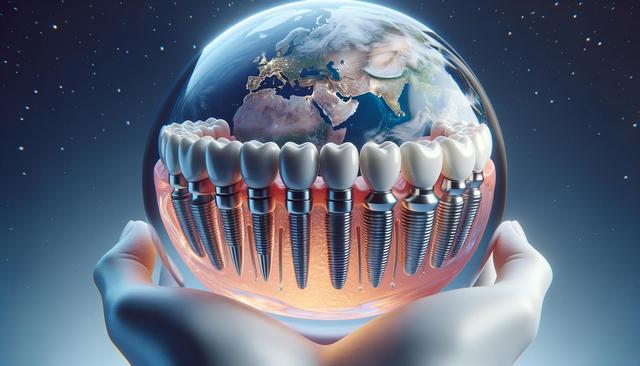How Weight Loss Injections Support Appetite Control
One of the primary mechanisms behind weight loss injections is their ability to influence appetite regulation. These injectable treatments often contain compounds that mimic hormones naturally found in the body, such as GLP-1, which signal fullness to the brain. By enhancing satiety and reducing hunger cues, these injections can support individuals who struggle with portion control or frequent cravings. Understanding how weight loss injections support appetite control is essential for setting realistic expectations. Unlike appetite suppressants that may cause jitteriness or other side effects, these injections work more subtly and often in alignment with the body’s natural processes. They are typically incorporated into physician-guided weight plans to ensure safety and efficacy.
In addition to appetite suppression, these injections may help with:
- Delaying gastric emptying, which prolongs the feeling of fullness
- Improving insulin sensitivity
- Reducing overall caloric intake without extreme dieting
When used in combination with lifestyle interventions such as diet modifications and regular physical activity, appetite-controlling injections can be a valuable component of a broader medical weight loss strategy.
What to Expect from Injection-Based Weight Programs
Embarking on an injection-assisted weight loss journey involves more than receiving periodic injections. A structured, physician-supervised program typically combines medical evaluations, customized nutrition guidance, and continuous monitoring. Knowing what to expect from injection-based weight programs helps build confidence and commitment among participants. Initial assessments may include lab tests to determine metabolic health, screening for contraindications, and setting realistic weight loss goals. Patients are then introduced to a schedule of injections, often administered weekly or biweekly, depending on the specific medication and individual needs.
Throughout the program, participants can expect:
- Regular check-ins with healthcare providers to monitor progress and adjust treatment
- Tailored advice on diet and physical activity
- Support in managing side effects or medication tolerance
- Access to counseling or coaching for behavioral change
By offering a comprehensive approach, these programs ensure that injections are not a standalone solution but rather part of a holistic weight loss plan.
Types of Injections Used in Medical Weight Loss
The types of injections used in medical weight loss vary based on the individual’s health profile and weight loss goals. Some injections utilize hormone analogs that affect appetite and glucose metabolism, while others may include amino acid blends or lipotropic agents that support fat breakdown. Understanding the types available helps patients make informed decisions in collaboration with their healthcare provider. Among the most commonly used are GLP-1 receptor agonists, which help regulate appetite and blood sugar levels. These are often prescribed for individuals with a higher body mass index or those with related health conditions such as type 2 diabetes.
Other injection types include:
- B12 injections – may support energy metabolism and reduce fatigue during weight loss
- Lipotropic injections – mixtures of fat-burning compounds such as methionine, inositol, and choline
- Peptide-based injections – used in some advanced injectable treatments to influence growth hormone levels and metabolism
Each type has its specific use, and the choice depends on medical history, weight loss targets, and provider recommendations within physician-guided weight plans.
Advanced Injectable Treatments and Their Role
Advanced injectable treatments are increasingly becoming a part of modern weight management strategies. These formulations go beyond basic appetite control by targeting multiple pathways involved in weight regulation, such as fat absorption, metabolic rate, and hormone balance. Many of these treatments are still under clinical evaluation, but some are already available in specialized medical settings. The appeal of advanced injectable treatments lies in their potential to deliver measurable results without the need for surgical intervention. For individuals who have not seen success with conventional methods, these treatments may provide a non-invasive alternative that fits within non-surgical fat reduction options.
Examples of advanced approaches include:
- Combination therapies that pair appetite-regulating compounds with metabolism enhancers
- Targeted injectables for specific body areas to reduce localized fat
- Long-acting formulas that require less frequent administration
These options are typically offered as part of structured programs, ensuring medical oversight and adjustment based on individual response. As with all treatments, it’s crucial to prioritize safety and effectiveness through physician-guided weight plans.
Non-Surgical Fat Reduction Options Beyond Injections
While injections are a prominent part of medical weight loss, they are often complemented by other non-surgical fat reduction options. These include technologies such as cryolipolysis, radiofrequency treatments, and ultrasound-based fat disruption. Such methods can target stubborn fat areas that may be resistant to diet and exercise alone. Combining these procedures with weight loss injections may enhance body contouring results and support long-term weight maintenance. Patients interested in non-surgical fat reduction options often work with multidisciplinary teams to determine the best course of action.
Popular non-invasive alternatives include:
- Cool-based fat freezing treatments for localized fat pockets
- Laser therapies that break down fat cells
- High-intensity focused ultrasound (HIFU) treatments that tighten skin while reducing fat
These methods are generally low-risk and require minimal downtime, making them appealing for individuals seeking aesthetic improvements without surgery. When integrated into a broader strategy involving advanced injectable treatments, they can provide a well-rounded approach to weight loss and body composition improvement.




Leave a Reply